
Exercise Tips for Lowering Blood Pressure
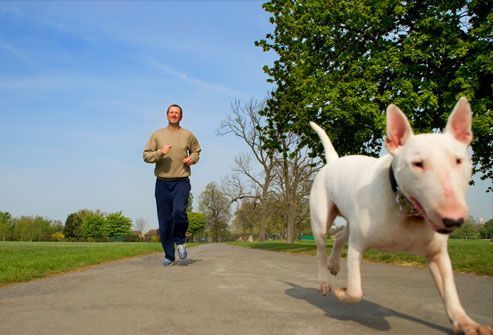
Exercise and High Blood Pressure
Exercise is one of the keys to lower your blood pressure. Working out also boosts the effectiveness of blood pressure medication if you're already being treated for hypertension. You don't have to be an athlete, either.
Put the Fun Back in Exercise
Find activities you enjoy, and aim for 30 minutes a day of "exercise" on most days of the week. If you can't stand the gym, not a problem. Dancing counts. So do yoga, hiking, gardening, and anything else that gets your heart beating a bit faster. Since you're going to be making it a habit, pick things you'll want to do often. Let your doctor know what you have in mind, so they can make sure you're ready.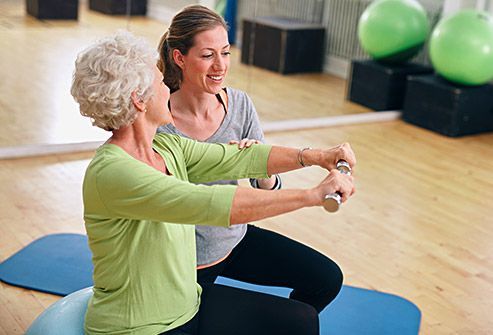
Try a Trainer
If you want a pro to help you get started, consider getting a trainer to show you what to do. They can help you do each move right and get the best results.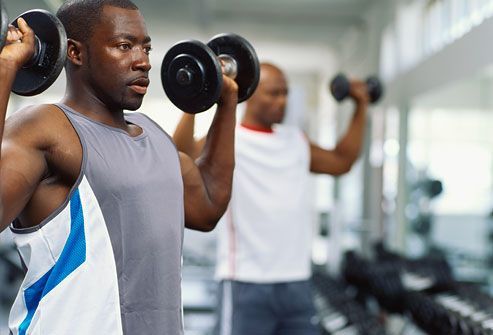
Get Stronger
Strength training should be part of your routine. You can use weights, weight machines, exercise bands, or your own body weight by doing abdominal crunches or curl-ups. You'll lose body fat, boost muscle mass, and raise your metabolic rate. Losing as little as 10 pounds can lower or help prevent high blood pressure if you're overweight.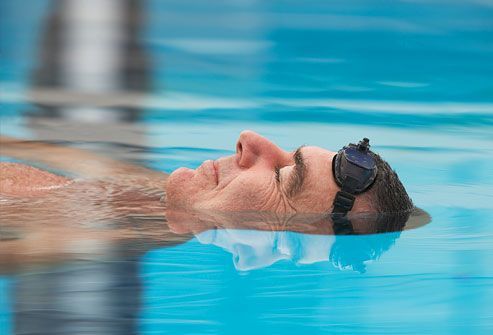
Dive In and Swim
Doing aerobic exercise ("cardio") is good for your blood pressure. Swimming is a gentle way to do it. Go for 30 minutes, or work up to that amount if that's too much right now.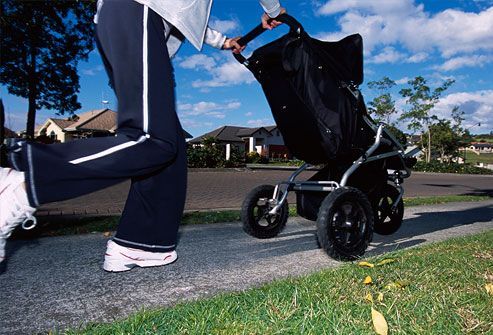
How Much Exercise Is Enough?
Do something that's moderate in intensity - like brisk walking - for at least 30 minutes a day, 5 or more days a week. That may be enough to keep you off medications or help them work better. Exercise can lower your blood pressure by as much as five to 15 points. Gradually make your workouts more intense to keep lowering your blood pressure to safer levels.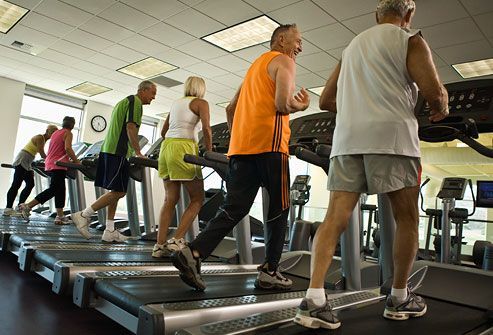
Getting Started
Start slowly to prevent injuries. Start with 10 to 15 minutes of exercise you enjoy, such as walking around the block or on a treadmill. You can gradually make your workouts longer and more challenging.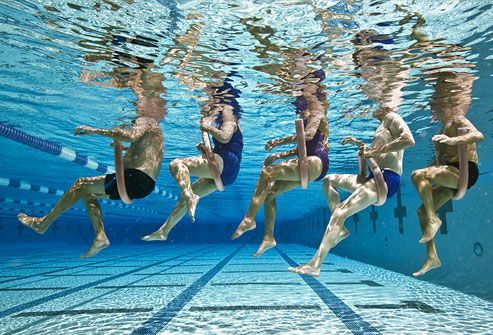
Pace Yourself to Avoid Injury
If you're new to exercise, remember to pace yourself. Select a low- to moderate-intensity exercise such as gentle forms of yoga, gardening, or any other activity that you can do at a moderate pace. Gradually increase the intensity and duration of exercise as you become fitter, to help maintain your lowered blood pressure. 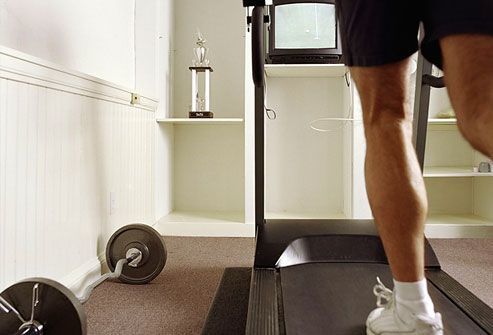
Make Exercise Convenient
Commit to making exercise part of your schedule. Find a time that works for you. You can work out while the kids are at soccer practice, before or after work, or even during your lunch break. If it's hard to get out of the house, consider getting some workout apps or DVDs, a yoga mat, and hand-held weights you can use at home.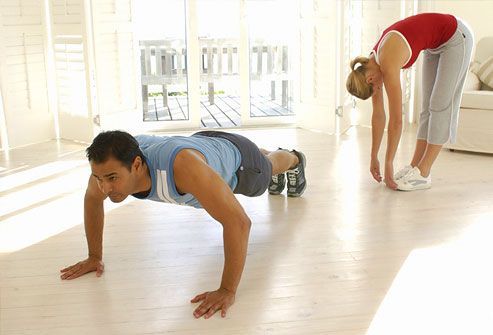
Do Mini-Workouts
Add 10-minute mini-workouts, and do these throughout your busy day. For example, you can jog in place or do calisthenics for 10 minutes. Three 10-minute mini-workouts equal 30 minutes of daily exercise in little bits of time you won't miss.











